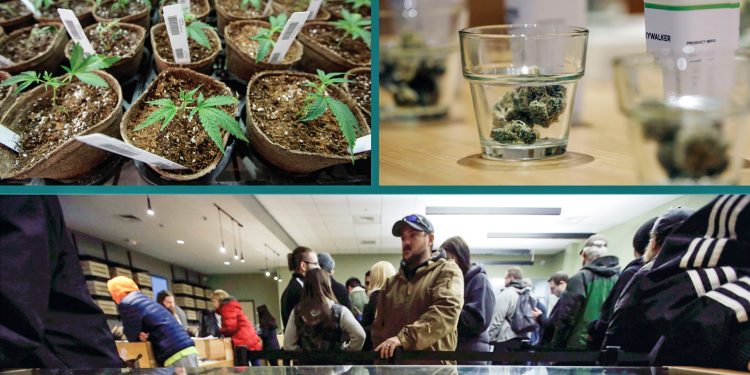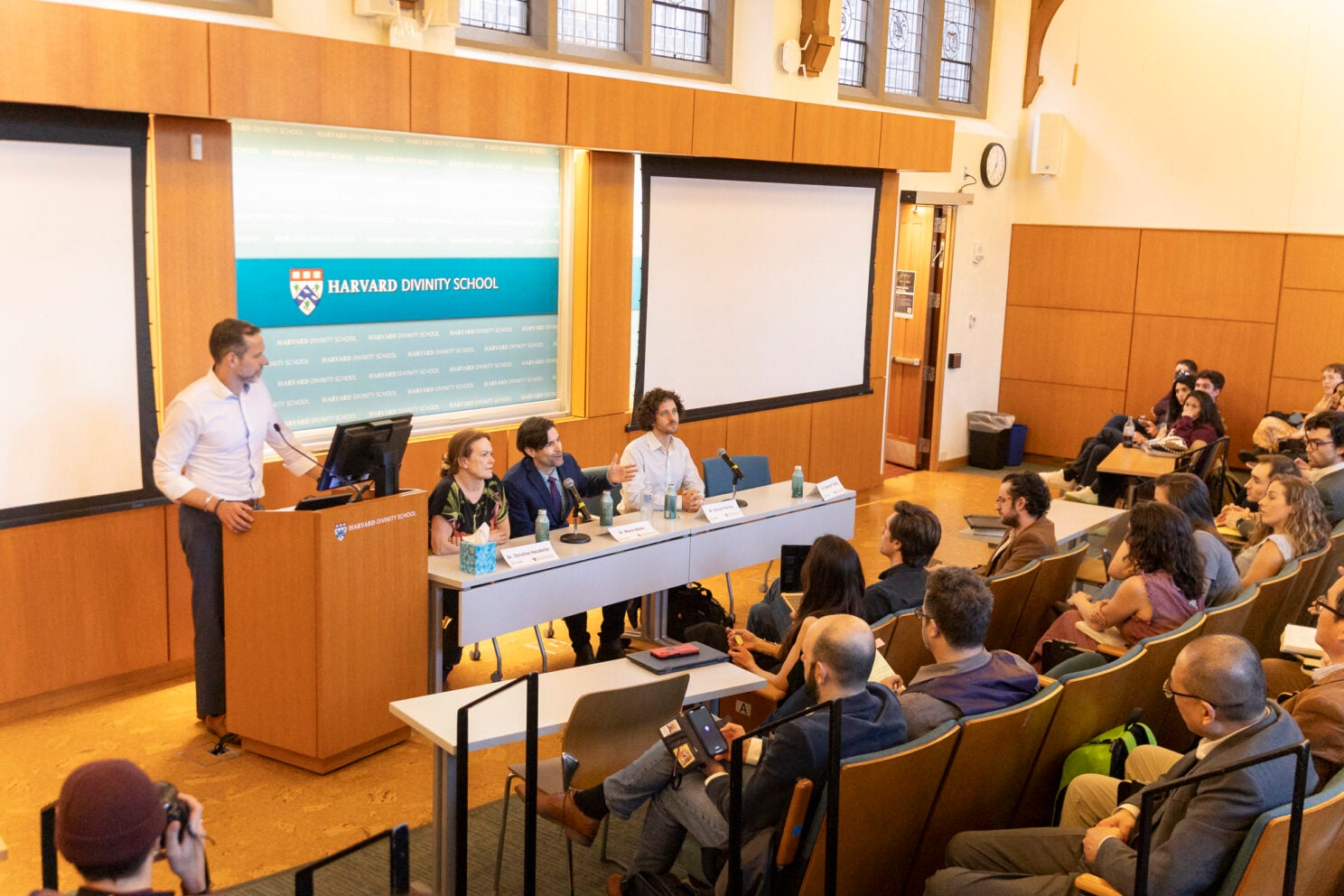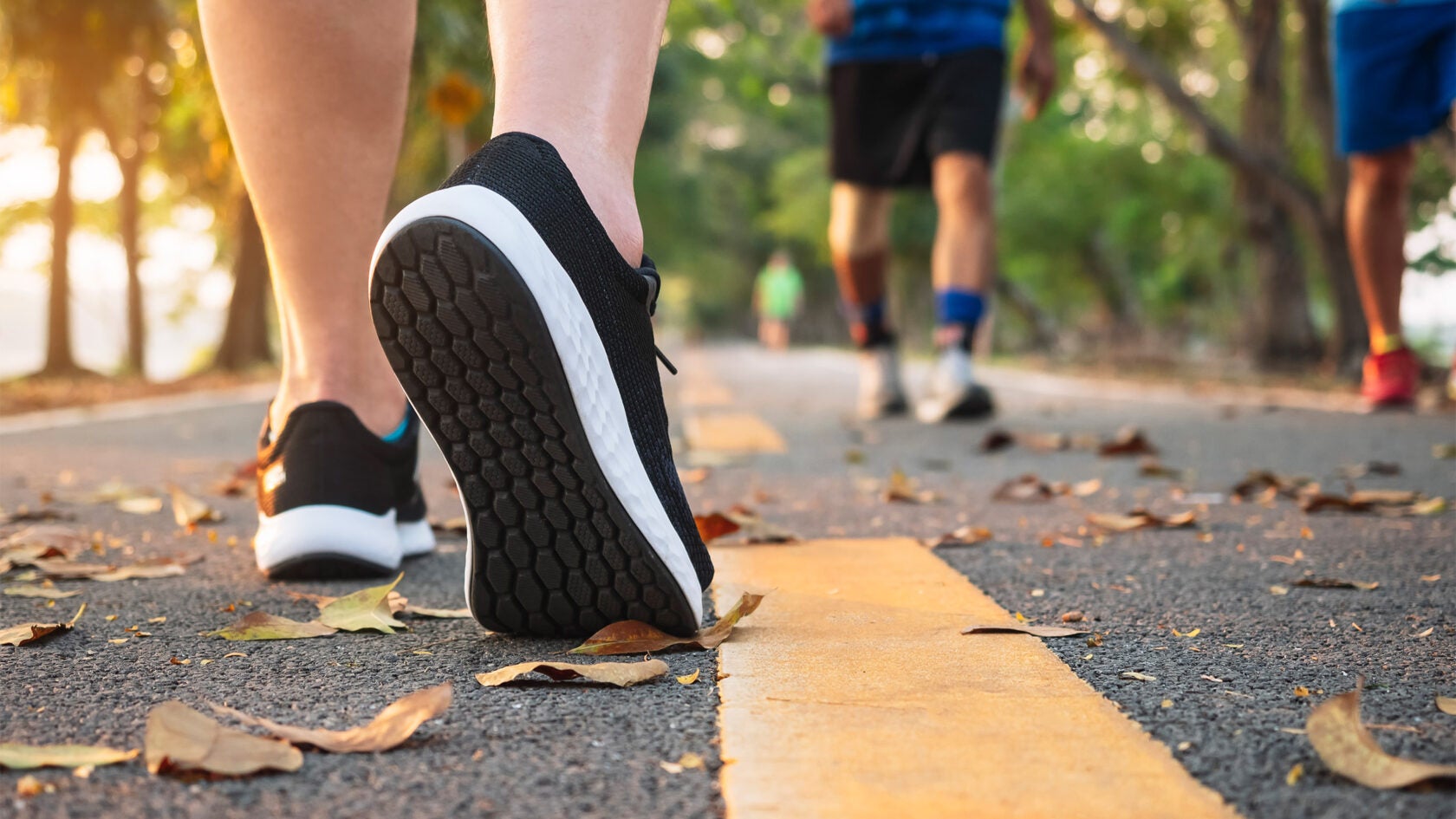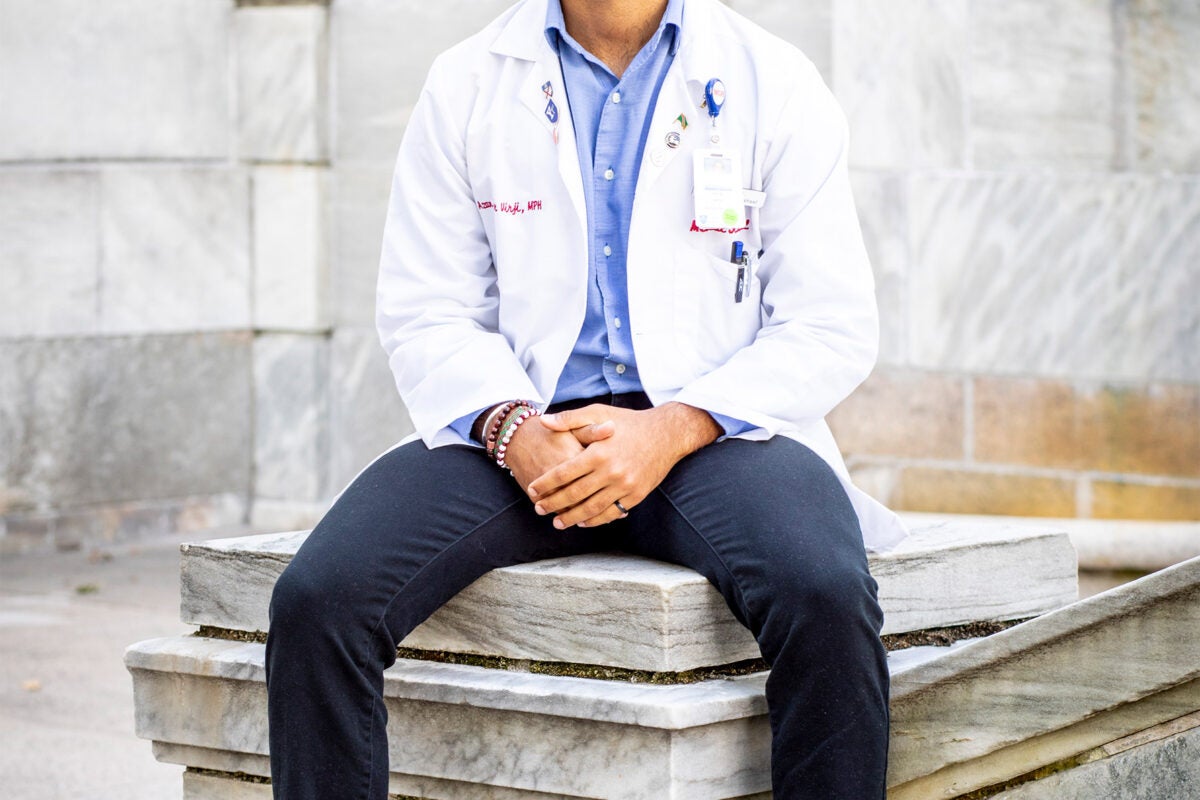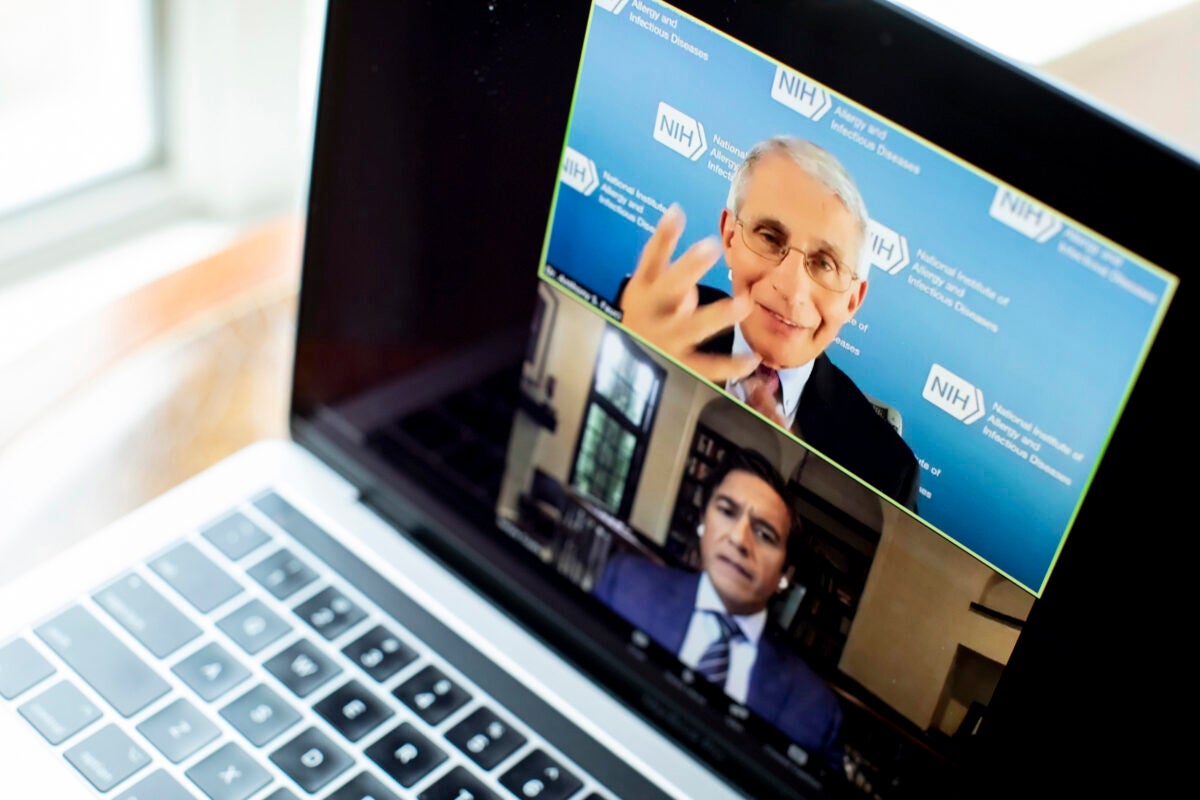AP photos
Health
Was legal pot a good idea?
Researchers detail what we know about impact on revenue and health — and what we still need to find out
In Massachusetts, getting stoned gets easier all the time.
Since the Commonwealth legalized recreational cannabis in 2016, dispensaries have proliferated, the price of cannabis has dropped by more than half, and the potency of pot has shot up. All told, cannabis has become big business in Massachusetts, with the industry raking in more than $1.64 billion last year. Other states have seen similar trends.
Some supporters of legalization envisioned a new era of personal freedom, with easy access to a plant they touted as a healthier alternative to alcohol. Tax revenue from cannabis sales would fund valuable state projects, and legalization would alleviate a burden on the justice system, they said.
Almost a decade later, we asked four researchers to weigh in on how those hopes line up against the reality of marijuana legalization. Interviews have been edited for clarity and length.
Harvard file photo
Kevin P. Hill
Associate Professor of Psychiatry at Harvard Medical School
Director of Addiction Psychiatry at Beth Israel Deaconess Medical Center
Legalizing marijuana has created a huge new revenue stream for the state — over $920 million according to the Marijuana Policy Project. And I think that’s great. But in my eyes, that revenue has come at a great cost to public health.
My colleagues and I are treating more and more people who have developed cannabis use disorder, which is when cannabis use interferes with key spheres in one’s life such as work, school, or relationships. That’s not surprising when you consider that the number of daily or near-daily cannabis users has increased 20-fold over the last three decades.
On top of that, cannabis is far more potent today than it was in decades past. This trend started before legalization, but when big businesses got involved in cultivation, they had the means to really drive up the THC content — that’s the component of the plant that makes a user feel high. In the 1960s, ’70s, and ’80s, the average THC content of cannabis was around 3 percent or 4 percent. Now you can find cannabis flower that’s 20 percent to 30 percent or even higher.
In the 1960s, ’70s, and ’80s, the average THC content of cannabis was around 3 percent or 4 percent. Now you can find cannabis flower that’s 20 percent to 30 percent.
That jump in potency has led to a significant increase in the number of adult users who develop cannabis use disorder, from 10 percent just 10 years ago to around 30 percent today. It’s hard to say how much of this trend can be attributed to legalization, but I think legalization has probably pushed it along that much faster.
The problem, I think, comes down to the difference between ideas and implementation. We need to couple increasing cannabis use to additional research so that we can mitigate the harms done by the drug while still maintaining the positive aspects of legalization. For example, we need more research on how law enforcement can prevent people from driving under the influence of cannabis, which can lead to dangerous situations. Likewise, we need people to research the medical benefits of cannabis (and yes, in certain circumstances the drug does seem to have bona fide medical benefits). Ideally, we’ll find ways for people to take advantage of those benefits while keeping their risk of developing a substance use disorder — or other problems that might result from cannabis use — low.
I would love to see the states and private companies that are benefiting from cannabis sales put more money toward research so that cannabis science can keep pace with interest in cannabis.
Harvard file photo
Peter Grinspoon
Instructor in Medicine at Harvard Medical School
Author of ‘Seeing Through the Smoke: A Cannabis Specialist Untangles the Truth about Marijuana’
I think cannabis legalization has been a tremendous success overall. Certainly there are things that could still be better, but we’ve made great progress in a few key areas.
First, cannabis causes far fewer people to get arrested these days than it did in decades past. Arrests for possession dropped over 70 percent between 2010 and 2018. And that’s great because having an arrest on your record can impact your education, your housing, your employment, everything. It’s awful. Things aren’t perfect; arrests have not gone down to zero, and Black people are still arrested at higher rates than white people. But the drug isn’t clogging up the justice system as much as it used to.
Second, by creating a legal market we’ve made sure people have access to safe cannabis as opposed to an illicit product that may be contaminated with pesticides or mold or heavy metals. Of course, not everybody buys through the legal market, and that’s something we could still work on.
And lastly, we’re generating tax revenue for the state, which is a huge win. At this point, the state is actually generating more tax revenue from cannabis than it is from alcohol.
Nobody credible is arguing for a return to cannabis prohibition, and I think that’s a testament to the overall success we’ve had in legalizing it.
Are there still problems to be solved? Yes, absolutely! One of the biggest problems is that accidental overconsumption is becoming more common. That’s for two reasons. The first is that products are so much stronger than they used to be. People take the same three bong hits they took back in college not realizing that today that’s the equivalent of taking about seven times what they used to.
And second, we’re stupid enough to make cannabis into gummies and chocolates. Kids will eat these if they’re left out in the open, and that can send them to the ER. But it’s not just kids — adults are also prone to overconsumption when cannabis is made to taste good. I’m firmly opposed to turning cannabis into candy — or pizza sauce or hot sauce or any other type of food — and I’ve been blowing this horn for a long time.
Just like criminalizing cannabis, legalizing it is a social experiment. We need to monitor the situation carefully because there could be risks that we haven’t even thought of. But as far as I know, nobody credible is arguing for a return to cannabis prohibition, and I think that’s a testament to the overall success we’ve had in legalizing it.
Harvard Medical School
Michael Flaherty
Assistant Professor of Pediatrics, Harvard Medical School
Pediatric Critical Care Physician, Massachusetts General Hospital
As the director of MGH’s pediatric injury prevention program, my interest in cannabis legalization lies in how it impacts the safety of children. And accidental cannabis exposure can definitely be a threat to child safety.
When my colleagues and I used public health data to study the frequency with which cannabis sends kids to the emergency room, we found that these visits increased by about 60 percent after recreational dispensaries opened. Most of the exposures (over 80 percent) have been in teenagers, but the biggest increases were in younger kids. In the zero-to-5 age group, we saw about a fourfold increase, and in the 6-to-12 age group, a sevenfold increase.
Because they’re small, kids will be more severely affected by cannabis than an adult who takes the same amount. In fact, cannabis can make kids so sleepy they start to have trouble breathing. To complicate matters, the same thing can happen if kids ingest a number of prescription drugs or if they get meningitis or encephalitis. Cannabis consumption is rarely if ever fatal, but those other conditions can definitely be fatal. Unless someone saw the kid eat cannabis, we often don’t know what’s going on — or how bad the situation is — until we test for everything plus the kitchen sink. It puts a lot of strain on the system.
It’s really important that parents keep cannabis well secured, and we also need to put a call out to manufacturers and retailers: Make the packaging child-proof!
Cannabis has also had some positive effects for pediatric medicine. In particular, a component of cannabis called cannabidiol has been quite successful for treating epilepsy in children who don’t respond to other seizure medications. I don’t really have an opinion on whether the pros of cannabis legalization outweigh the cons. But as a pediatrician, it’s my job to advocate for children and to protect them from the unintended consequences of voters’ actions, and right now that means educating people about the dangers of accidental consumption.
Toddlers in their exploratory phase are especially likely to eat cannabis if it’s left lying around. It’s really important that parents keep cannabis well secured so that kids can’t access it, and we also need to put a call out to manufacturers and retailers: Make the packaging child-proof! These products should be a little more difficult for a child as young as 3 or 4 to open.
Harvard Law School
Carmel Shachar
Assistant Clinical Professor at Harvard Law School
Faculty Director of the Health Law and Policy Clinic at Harvard Law School
One of the strangest aspects of cannabis legalization is that the drug is only legal in state policy. At a federal level, cannabis is still criminalized. And part of why it’s criminalized is because cannabis is classified as a Schedule I substance, which means it’s addictive and it has no medical use.
At this point it seems clear that cannabis does have medical value, for example for relieving certain types of pain and to reduce nausea during chemotherapy. The Schedule I classification was a response to the cultural perception people had of cannabis during the 1960s, and the designation was made without much scientific evidence to back it up. Unfortunately, with cannabis illegal on a federal level, it’s difficult for scientists to research the plant’s legitimate medical uses because they can’t use federal funds. And because cannabis is a natural product and can’t be patented, private industry isn’t very interested in researching it.
Many people — myself included — hope that cannabis will be reclassified as a Schedule III drug, which would clear some of these roadblocks to research.
Many people — myself included — hope that cannabis will be reclassified as a Schedule III drug, which would clear some of these roadblocks to research. Legalization at the state level sets a precedent for reclassifying cannabis because it shows that even with millions of people now having access, the sky has not fallen. But at this point, we still haven’t achieved the reclassification that we’re hoping for.
During the Biden administration, there was interest in rescheduling cannabis, but the process has a lot of twists and turns, and it wasn’t completed before the new administration took office. Now rescheduling appears to be on pause. The motion is parked in front of a Drug Enforcement Agency administrative law judge who seems to be skeptical of its value.

